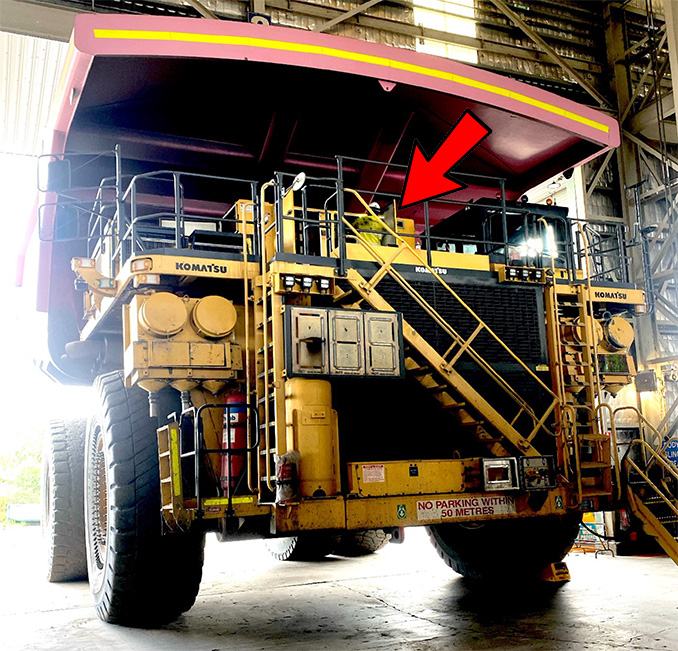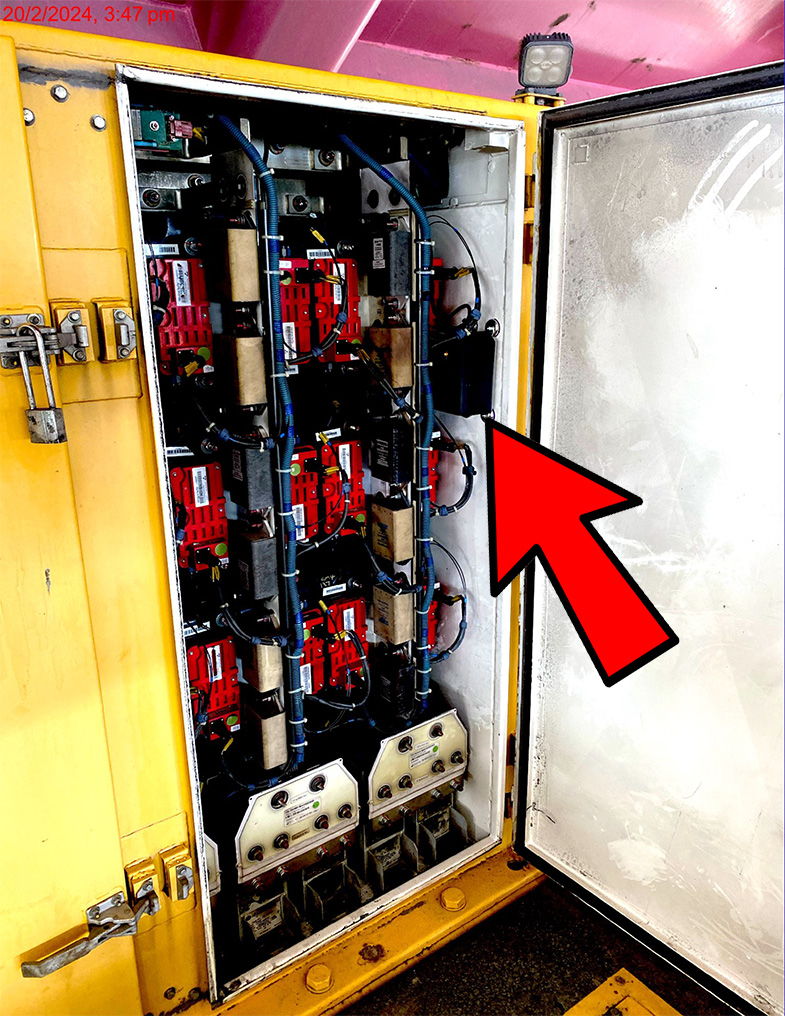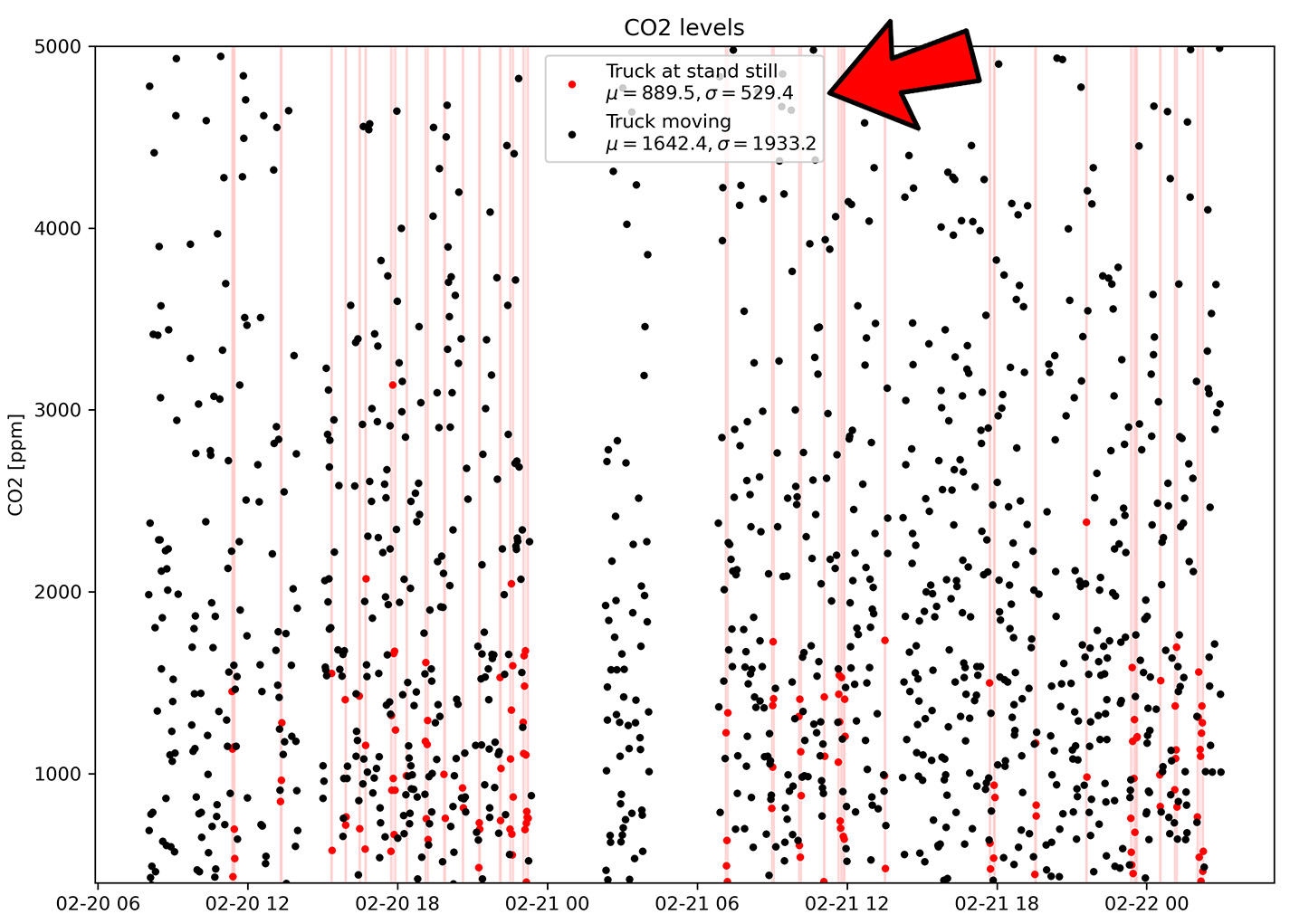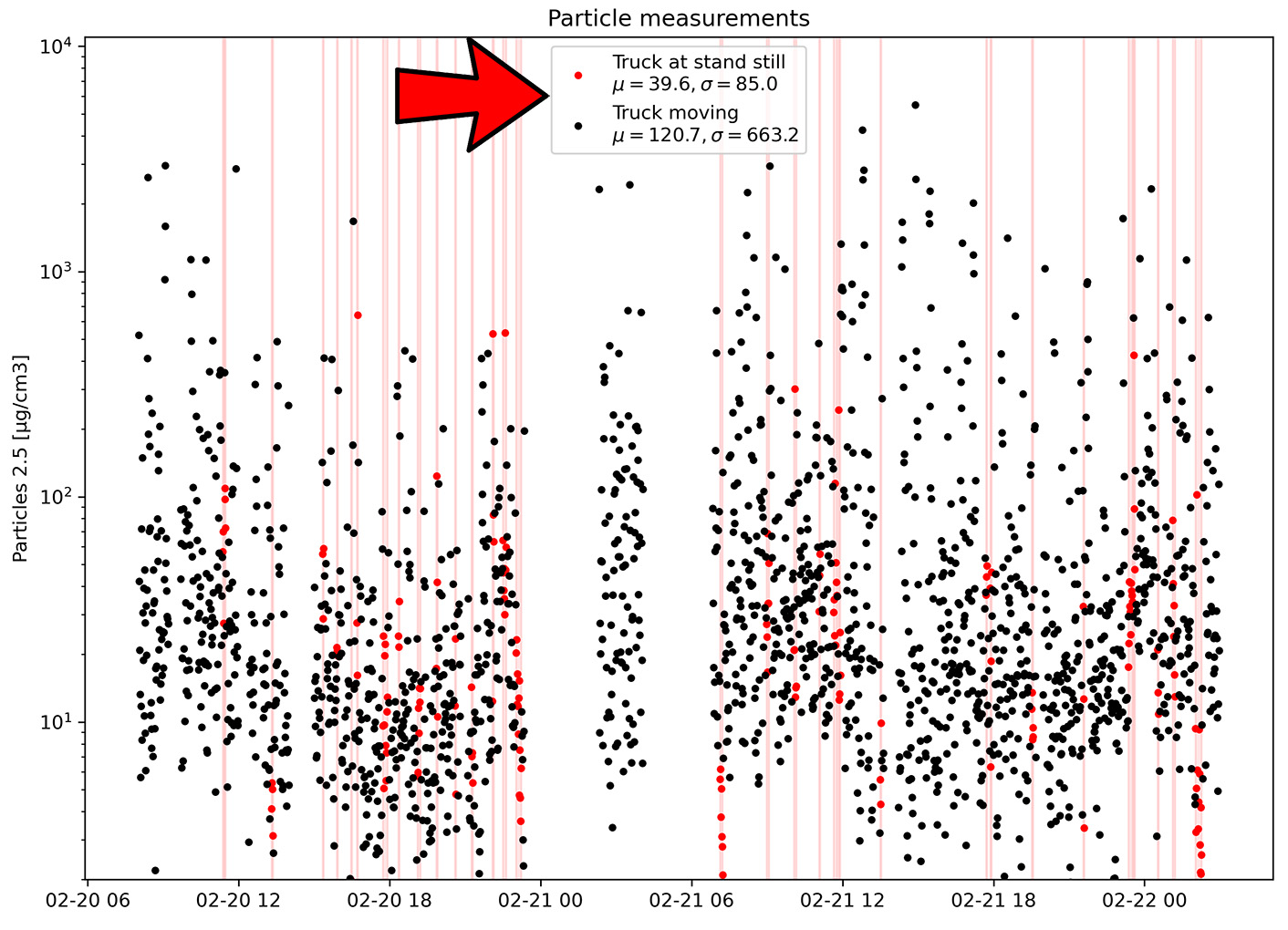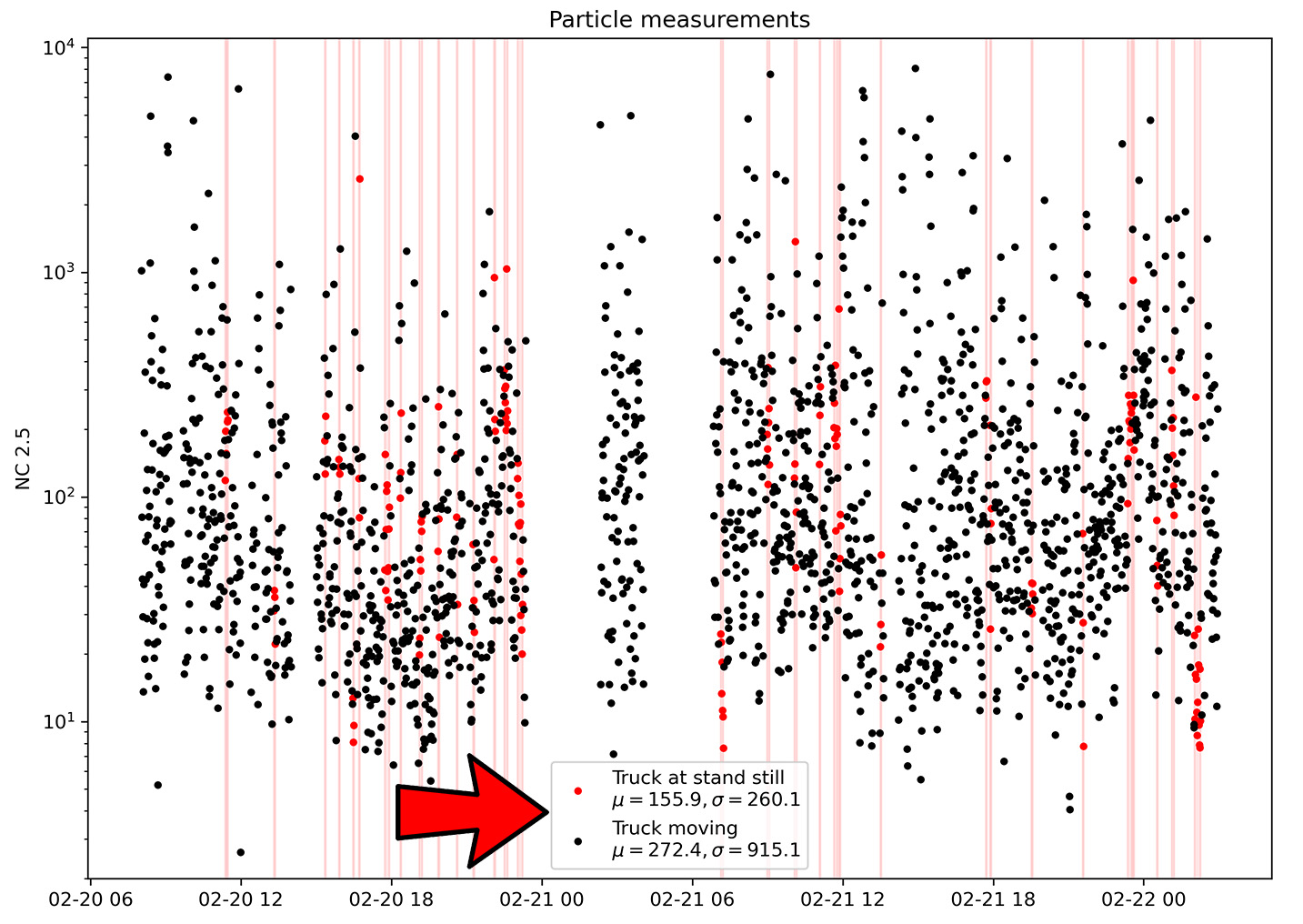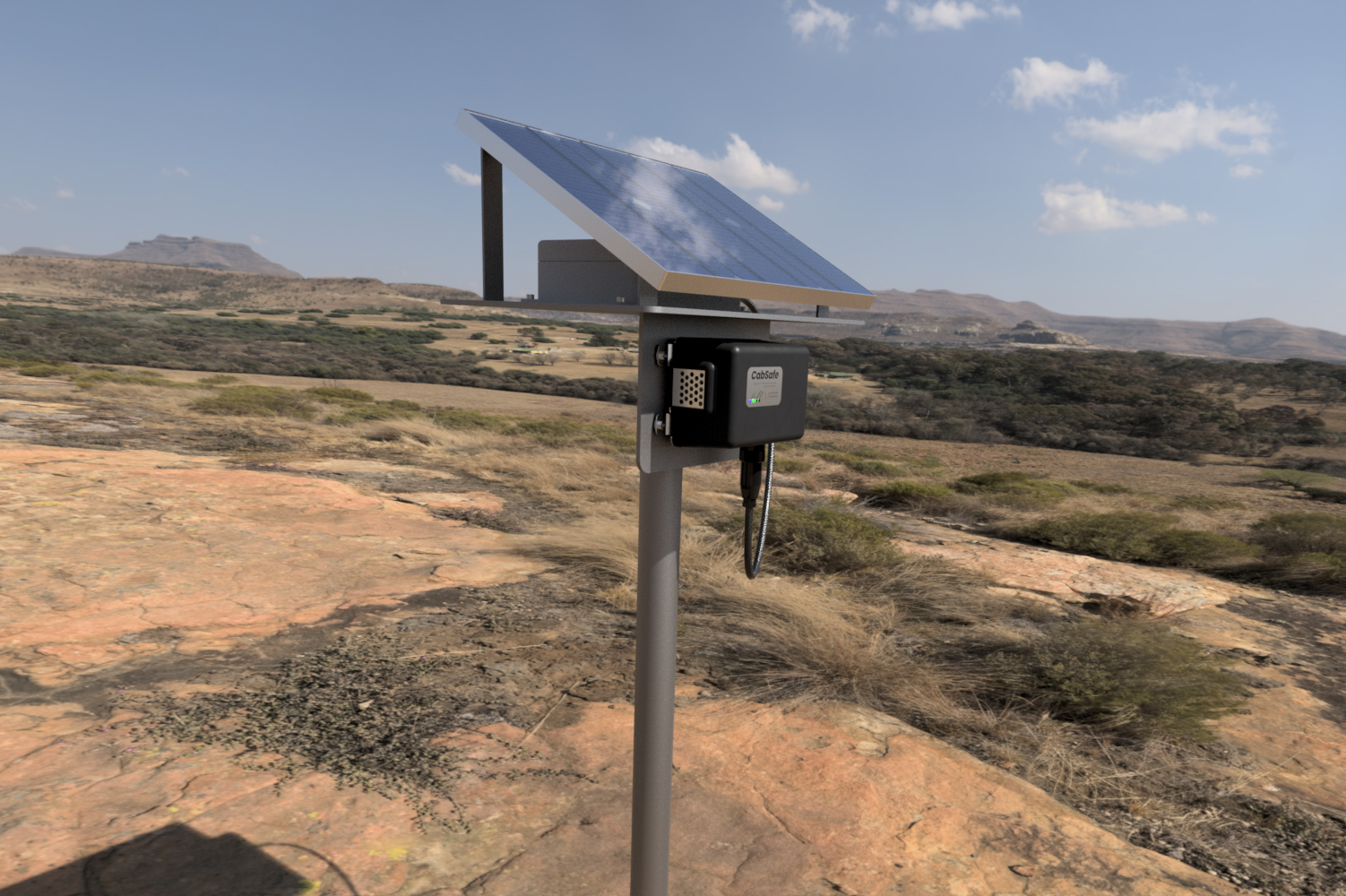Introduction
Mining operations are crucial in meeting global resource demands but come with environmental challenges, particularly concerning air quality. Particulate matter, specifically PM2.5, emitted during mining activities poses a significant health risk to workers and nearby communities. This blog post will delve into the health risks associated with PM2.5 exposure and introduce an innovative solution, CabSafe, designed to monitor and mitigate these emissions effectively
Health Risks of PM2.5 Exposure
PM2.5 refers to particulate matter with a diameter of 2.5 micrometres or smaller, which can penetrate deep into the respiratory system when inhaled. The health risks associated with PM2.5 exposure are well-documented and include:
Monitoring and Addressing PM2.5 Emissions
Open-pit mining operations must actively measure and understand particulate emissions to mitigate health risks. The CabSafe solution offers a practical and efficient way to achieve this goal. Here’s how:
Contact IMBU for More Information
If you want to learn more about the CabSafe application and obtain an all-inclusive proposal for your mining operation, we encourage you to contact IMBU. Their expertise in air quality monitoring solutions can help you proactively create a safer and healthier environment for workers and neighbouring communities. Together, we can work towards sustainable mining practices that prioritize the well-being of all stakeholders.

